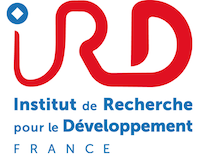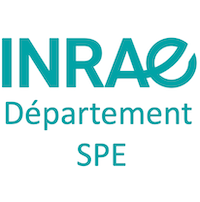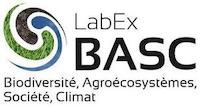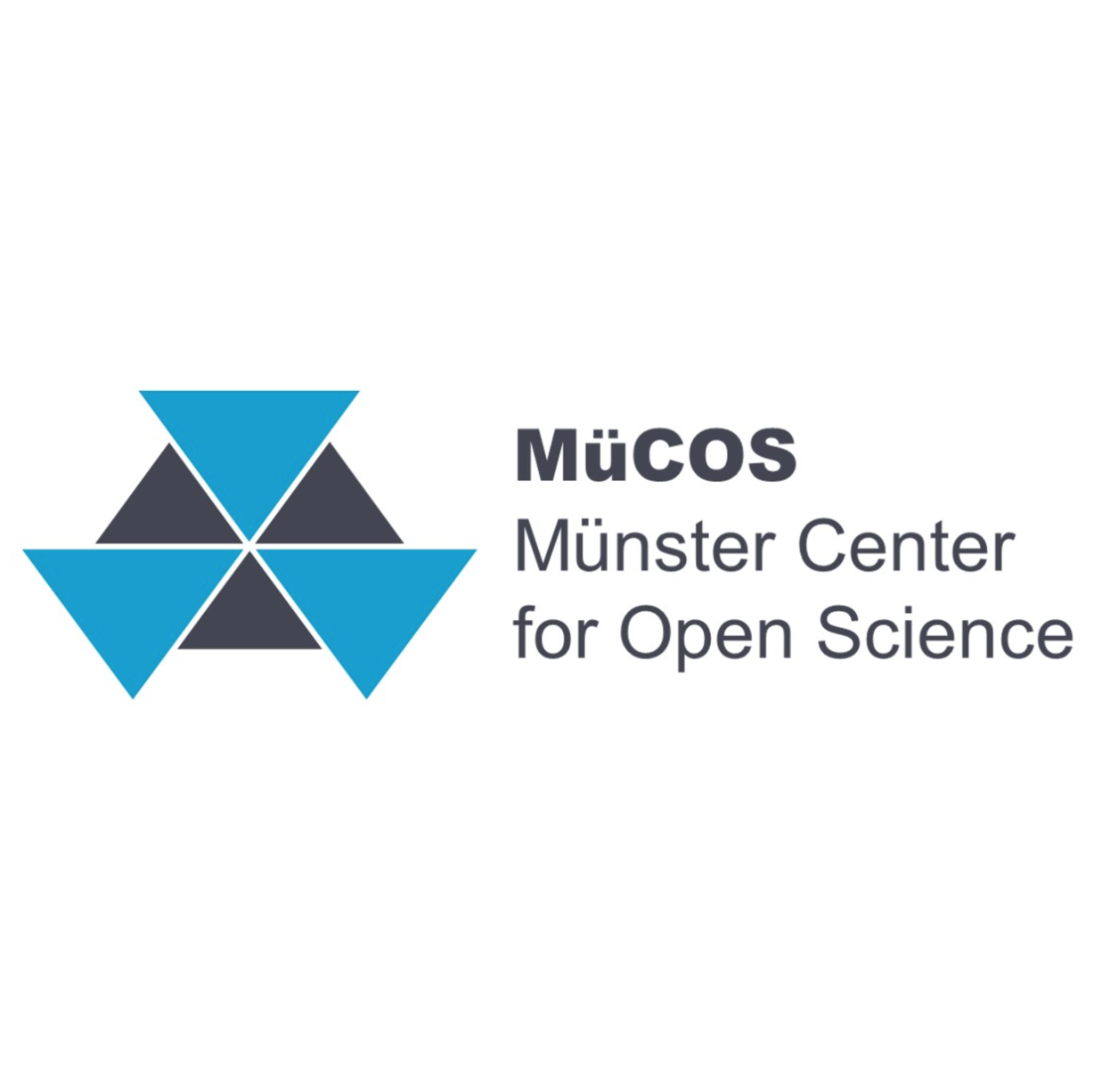
Latest Articles
-
Section: Animal Science ; Topics: Agricultural sciences, Genetics/genomics, Psychological and cognitive sciences
Screening for links between behaviour and acute hyperthermia and hypoxia resistance in rainbow trout using isogenic lines
10.24072/pcjournal.555 - Peer Community Journal, Volume 5 (2025), article no. e46.
Get full text PDFIn the context of adaptation to climate change, acute hyperthermia and hypoxia resistance are traits of growing interest in aquaculture. The feasibility of genetic improvement of these resistance traits through selection has been demonstrated in rainbow trout (Oncorhynchus mykiss). The present paper aims to test whether behaviour may be associated with acute hyperthermia and hypoxia resistance to better characterize these resistance phenotypes. For this, six rainbow trout isogenic lines were phenotyped for behaviour variables and for acute hyperthermia and hypoxia resistance, using different individuals for each phenotype. The behaviour variables of the fish were phenotyped using an individual test in a new environment. The experimental design used 150 fish phenotyped per isogenic line for each resistance trait and 18 fish per isogenic line for behavioural traits, distributed in triplicates. Relations between acute hyperthermia and hypoxia resistance phenotypes and behaviour phenotypes were tested at the level of isogenic lines. Significant differences in behaviour between isogenic lines were found, with some behaviour variables being highly associated with hypoxia resistance and moderately associated with acute hyperthermia resistance. Travelling distance, frequency of change between a risky and a safe zone of the tank and the percentage of time in movement in the behaviour test were strongly positively associated with acute hypoxia resistance. Travelling distance and frequency of change between a risky and a safe zone of the tank in the behaviour test were slightly negatively associated with acute hyperthermia resistance. This previously unstudied link between behaviour and resistance phenotypes also suggests that some behaviour variables could be used as predictors for acute hyperthermia and hypoxia resistance in fish. This result could lead to more ethical acute hyperthermia and hypoxia resistance phenotyping protocols, as the current protocols in use are classified as severe by French ethics committees.
-
Section: Ecology ; Topics: Ecology
Bird population trend analyses for a monitoring scheme with a highly structured sampling design
10.24072/pcjournal.550 - Peer Community Journal, Volume 5 (2025), article no. e45.
Get full text PDFPopulation trends derived from systematic monitoring programmes are essential to identify species of conservation concern and to evaluate conservation measures. However, monitoring data pose several challenges for statistical analysis, including spatial bias due to an unbalanced sampling of natural regions or habitats, variation in observer expertise, frequent observer changes, and overdispersion or zero-inflation in the raw data. An additional challenge arises from so-called ‘rolling’ survey designs, where each site is only visited once within each multi-year rotation cycle. We developed a GAMM-based workflow that addresses these challenges and exemplify its application with the highly structured data from the Ecological Area Sampling (EAS) in the German federal state North Rhine-Westphalia (NRW). First, we derive a routine that allows informed decisions about the most appropriate combination of distribution family (Poisson or negative binomial), model covariates (e.g., habitat characteristics), and zero-inflation formulations to reflect species-specific data distributions. Second, we develop a correction factor that buffers population trend estimates for variation in observer expertise as reflected in variation in total bird abundance. Third, we integrate region-specific trends that adjust for between-year variation in the representation of habitat or natural regions within the yearly subset of sampled sites. In a consistency check, we found good match between our GAMM-based EAS trends and TRIM-based trends from the German Common Bird Monitoring scheme. The study provides a template script for R statistical software so the workflow can be adapted to other monitoring programmes with comparable survey designs and data structures.
-
Section: Mathematical & Computational Biology ; Topics: Biophysics and computational biology, Genetics/genomics, Immunology and inflammation
Alignment-free detection and seed-based identification of multi-loci V(D)J recombinations in Vidjil-algo
10.24072/pcjournal.547 - Peer Community Journal, Volume 5 (2025), article no. e44.
Get full text PDFThe diversity of the immune repertoire is grounded on V(D)J recombinations in several loci. Many algorithms and software detect and designate these recombinations in high-throughput sequencing data. To improve their efficiency, we propose a multi-loci seed identification through an Aho-Corasick like automaton as well as a seed-based gene filtration. These algorithms were implemented into Vidjil-algo, used routinely by several labs for the analysis of hematologic malignancies. We benchmark the results of Vidjil-algo and of MiXCR on five datasets, evaluating the specificity and sensitivity of the detection, as well as the adequation of the designation to manually curated sequences. Compared to the previous algorithms, the new algorithms implemented in Vidjil-algo bring speedups between 3× and 30×, with a smaller memory footprint and without quality loss in results. They enable to precisely annotate in a few minutes millions of sequences coming from V(D)J recombinations, including incomplete V(D)J-like recombinations, improving our knowledge on immune repertoires.
-
Section: Genomics ; Topics: Genetics/genomics
Sequencing, de novo assembly of Ludwigia plastomes, and comparative analysis within the Onagraceae family
10.24072/pcjournal.536 - Peer Community Journal, Volume 5 (2025), article no. e43.
Get full text PDFThe Onagraceae family, which belongs to the order Myrtales, consists of approximately 657 species and 17 genera. This family includes the genus Ludwigia L., which is comprised of 82 species. In this study, we focused on the two aquatic invasive species Ludwigia grandiflora subsp. hexapetala (Lgh) and Ludwigia peploides subsp. montevidensis (Lpm) largely distributed in aquatic environments in North America and in Europe. Both species have been found to degrade major watersheds leading ecological and economical damages. Genomic resources for Onagraceae are limited, with only Ludwigia octovalvis (Lo) plastid genome available for the genus Ludwigia L. at the time of our study. This scarcity constrains phylogenetic, population genetics, and genomic studies. To brush up genomic ressources, new complete plastid genomes of Ludwigia grandiflora subps. hexapetala (Lgh) and Ludwigia peploides subsp. montevidensis (Lpm) were generated using a combination of MiSeq (Illumina) and GridION (Oxford Nanopore) sequencing technologies. These plastomes were then compared to the published Ludwigia octovalvis (Lo) plastid genome, which was re-annotated by the authors. We initially sequenced and assembled the chloroplast (cp) genomes of Lpm and Lgh using a hybrid strategy combining short and long reads sequences. We observed the existence of two Lgh haplotypes and two potential Lpm haplotypes. Lgh, Lpm, and Lo plastomes were similar in terms of genome size (around 159 Kb), gene number, structure, and inverted repeat (IR) boundaries, comparable to other species in the Myrtales order. A total of 45 to 65 SSRs (simple sequence repeats), were detected, depending on the species, with the majority consisting solely of A and T, which is common among angiosperms. Four chloroplast genes (matK, accD, ycf2 and ccsA) were found under positive selection pressure, which is commonly associated with plant development, and especially in aquatic plants such as Lgh, and Lpm. Our hybrid sequencing approach revealed the presence of two Lgh plastome haplotypes which will help to advance phylogenetic and evolutionary studies, not only specifically for Ludwigia, but also the Onagraceae family and Myrtales order. To enhance the robustness of our findings, a larger dataset of chloroplast genomes would be beneficial.
Follow us
People
Sections
- Animal Science 26
- Archaeology 22
- Ecology 109
- Ecotoxicology & Environmental Chemistry 11
- Evolutionary Biology 95
- Forest & Wood Sciences 7
- Genomics 43
- Health & Movement Sciences 6
- Infections 29
- Mathematical & Computational Biology 24
- Microbiology 16
- Network Science 6
- Nutrition 0
- Neuroscience 7
- Organization Studies 2
- Paleontology 11
- Psychology 0
- Registered Reports 1
- Zoology 24
Conferences
Indexed by
Supporters
Membership
Image Credits
The network image was drawn by Martin Grandjean: A force-based network visualization CC BY-SA













































































































































































